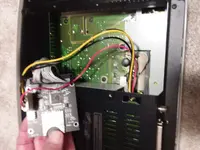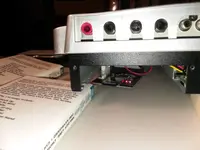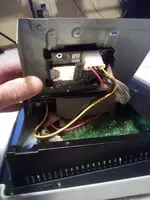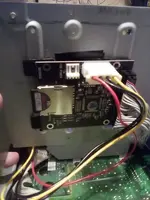Yes, the Zoom does save to wav format, but that's not the point of the exercise.
I understand that the Tascam is proprietary format. I have a Yamaha AW16G that I've planned to convert for fun. The reason is that the drive is limited in size, and like the 788, the only way to get music off is to dump it to CD. It's a proprietary format as well. Once the drive fills up, you have to dump off projects. I recorded some practice sessions and that took up lots of space. I had to export each channel, one at a time to a CDRW just to save them. That took the best part of a day just to save those tracks. The only other way to get the tracks would be to do an analog transfer from the line output, or from an optical digital out to MiniDisc.
It's like having a tape deck, but only one reel of tape.
By converting to an SD card, you could pull out the card, put in a new one and have a clean system to work with. Here is an article doing it with the Yamaha.
The Yamaha is actually a bit tougher to do since the OS resides on the HD, not in an EPROM. It needs to be formatted and the OS installed from a CD.
When they issued the AW1600 some years later, they ditched the optical output and added a USB port. You could then back up and restore the projects to a computer, but it was still in proprietary format. Someone eventually cracked the system and created AWExtract, which let you pull out the bare wav files.




